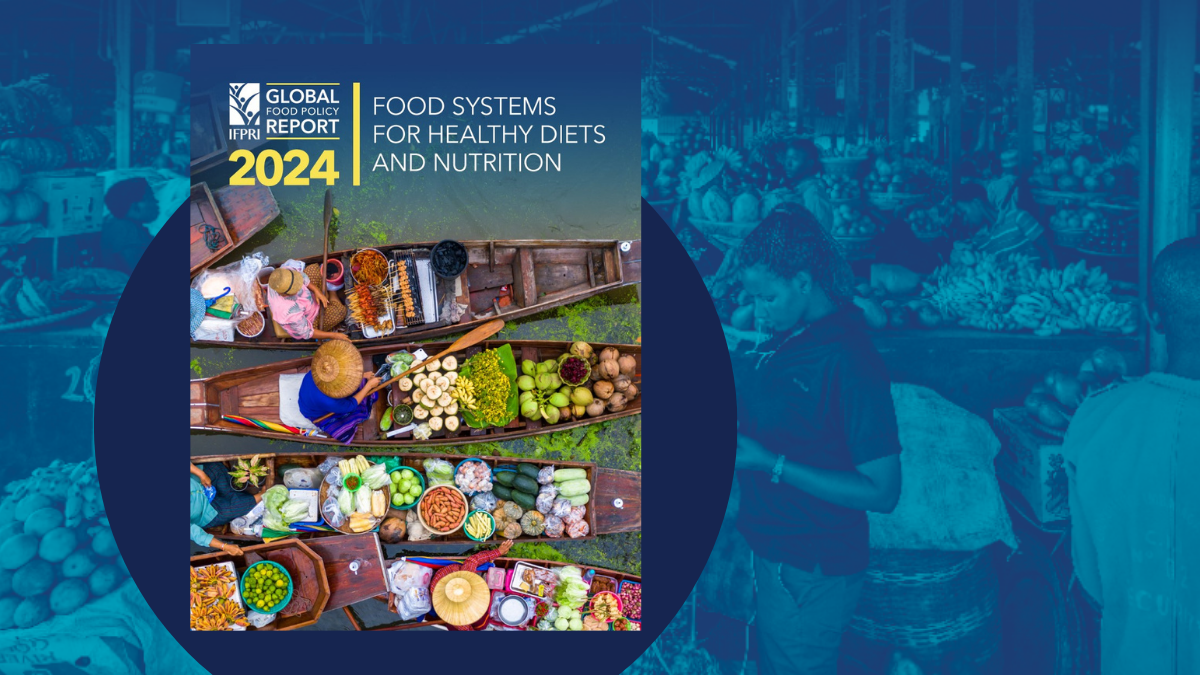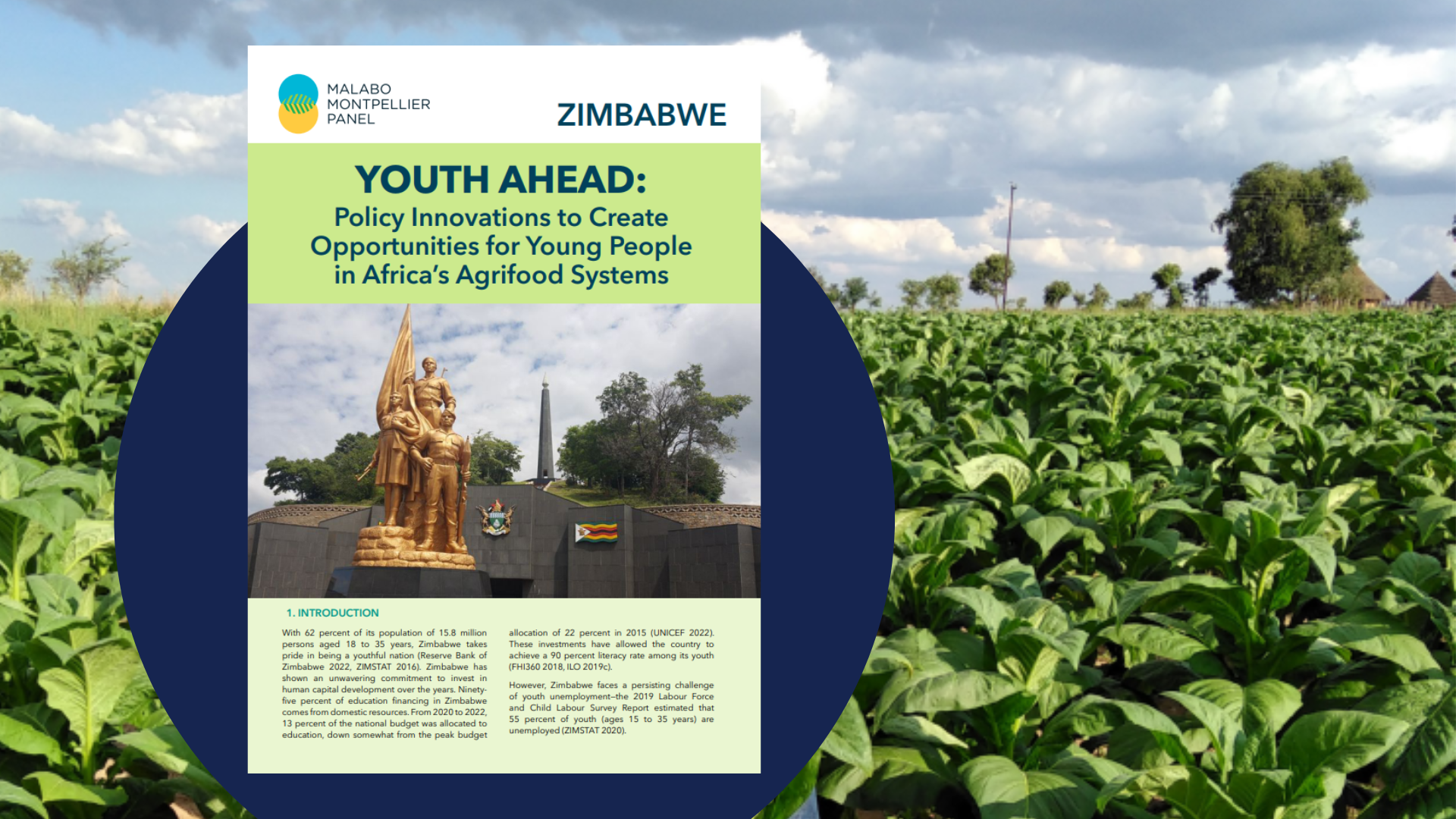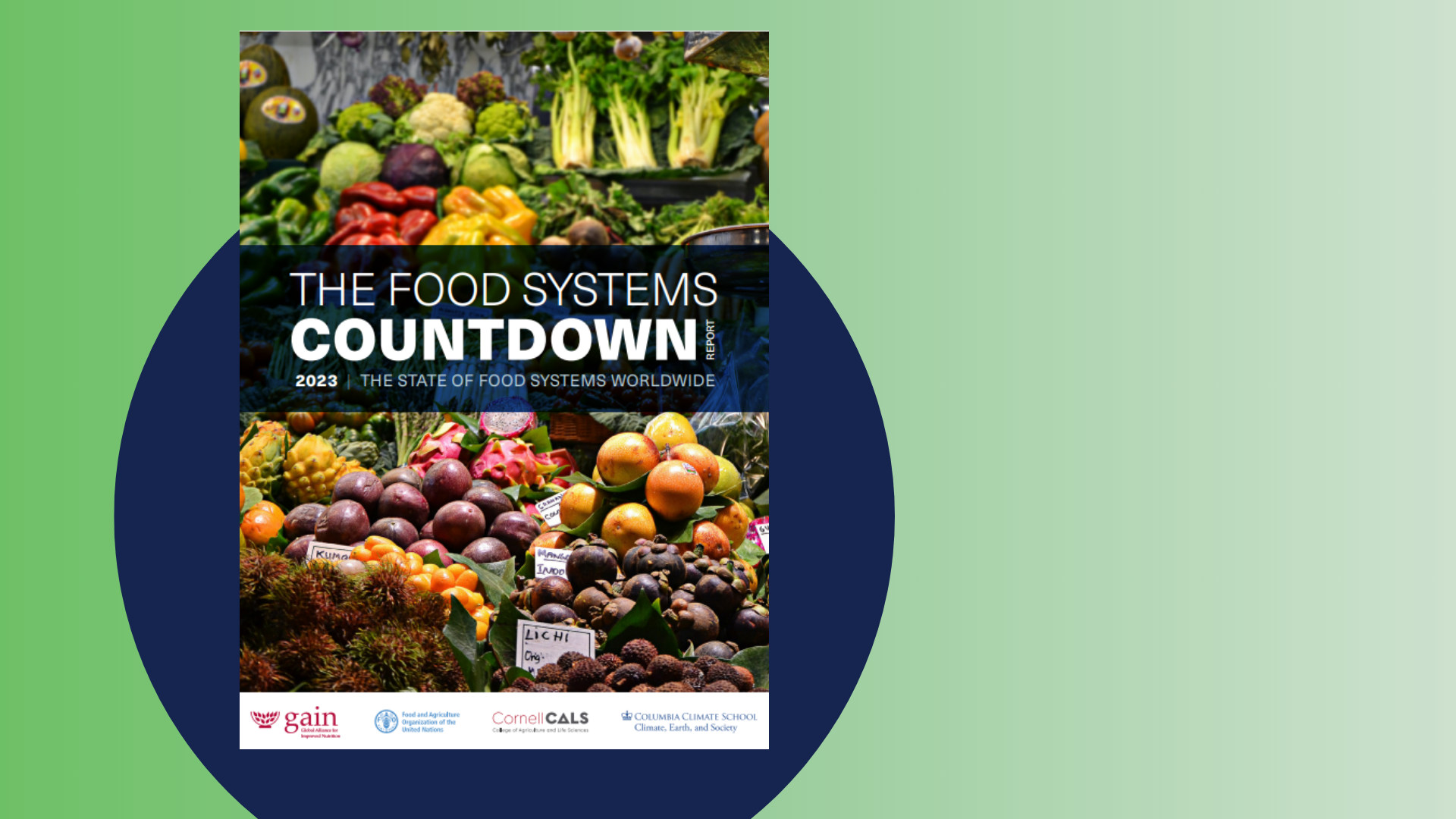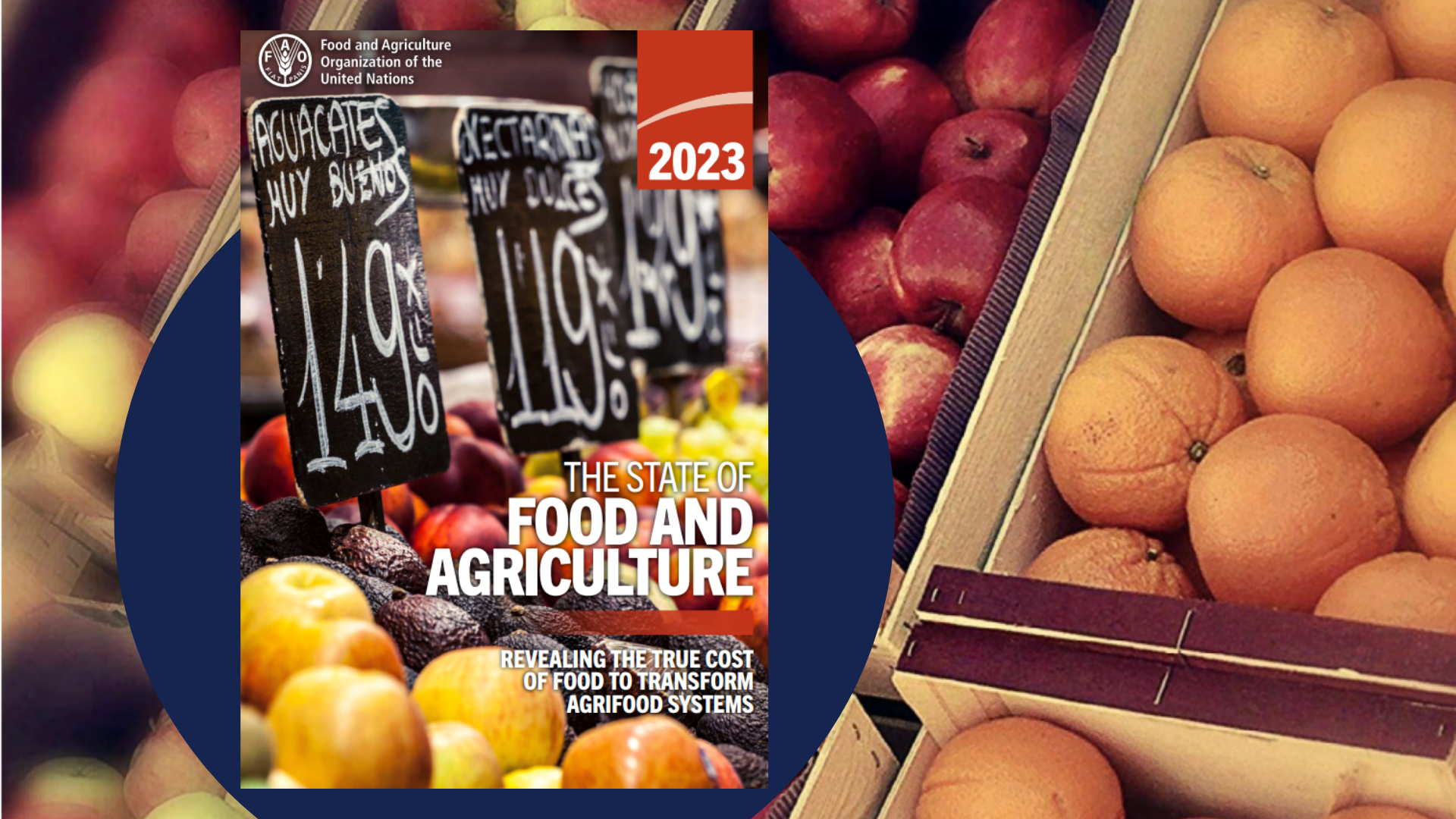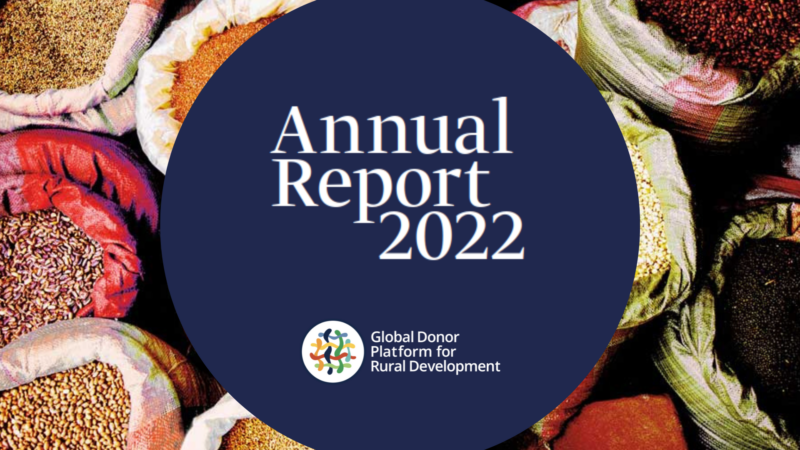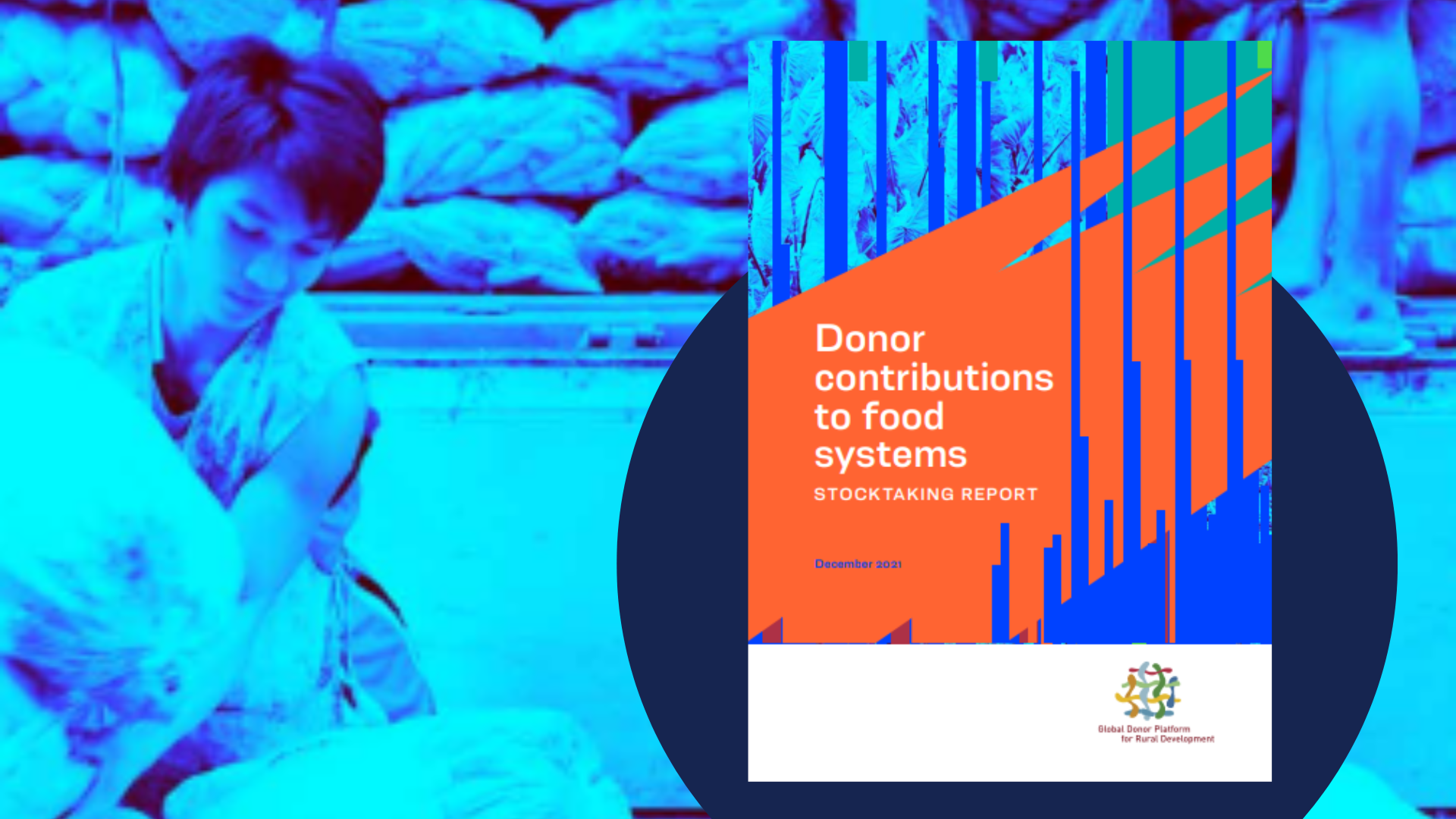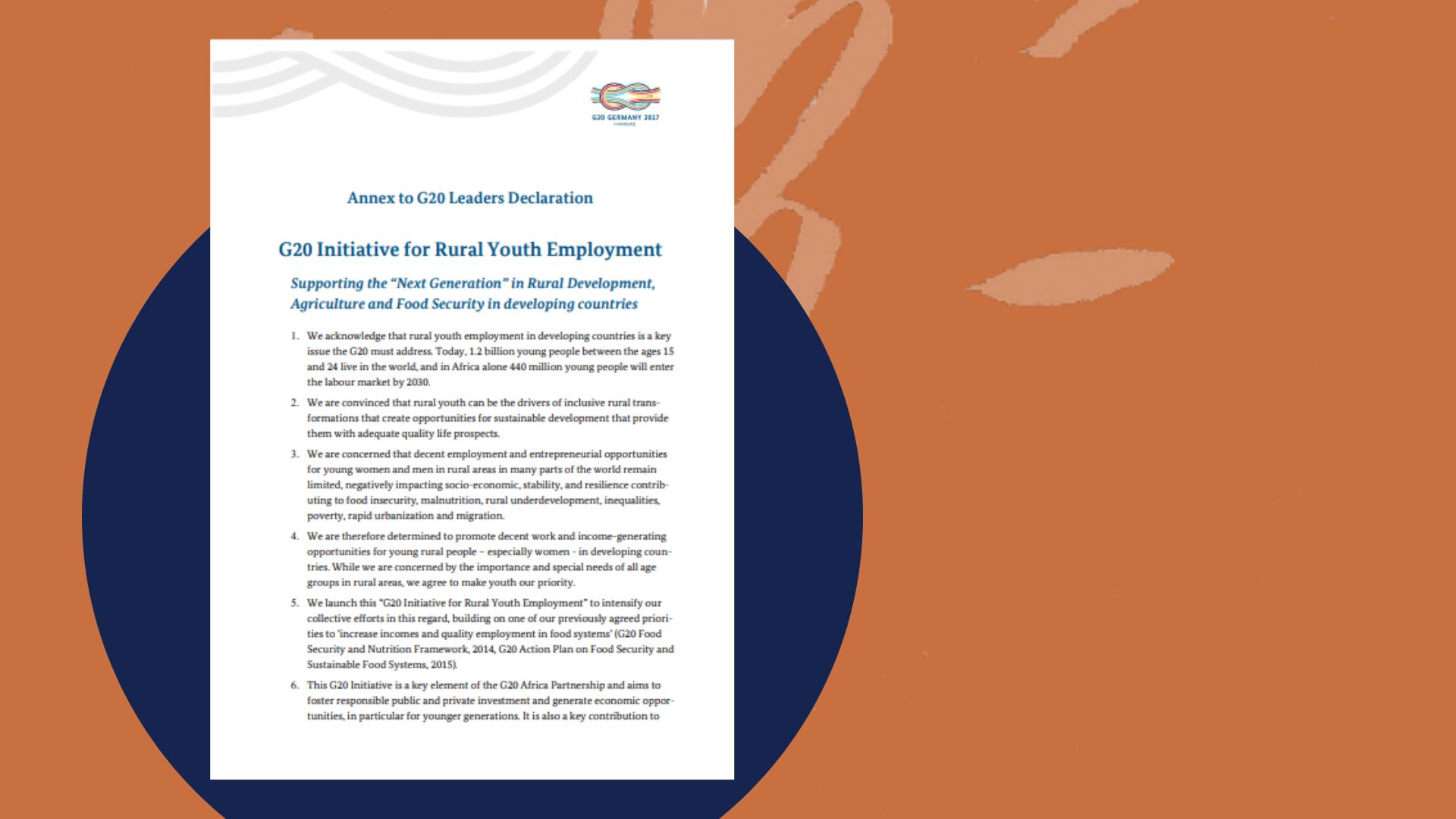The food economy is the biggest employer in West Africa accounting for 66% of total employment. While the majority of food economy jobs are in agriculture, off-farm employment in food-related manufacturing and service activities is increasing as the food economy adapts to rapid population growth, urbanisation and rising incomes. Given the importance of the food economy in generating employment, its current structure and projected changes have major implications for the design of jobs strategies.
This paper quantifies and describes the structure of employment in the food economy across four broad segments of activities: agriculture, processing, marketing and food-away-from home. It also examines some of the emerging spatial implications, in particular rural-urban linkages and rural employment diversification, which are related to the transformations that are reshaping this sector. Finally, it looks at policy considerations for designing targeted employment strategies that leverage the links between agricultural productivity, off-farm employment and rural-urban areas and ensure inclusiveness, particularly for youth and women.




















































